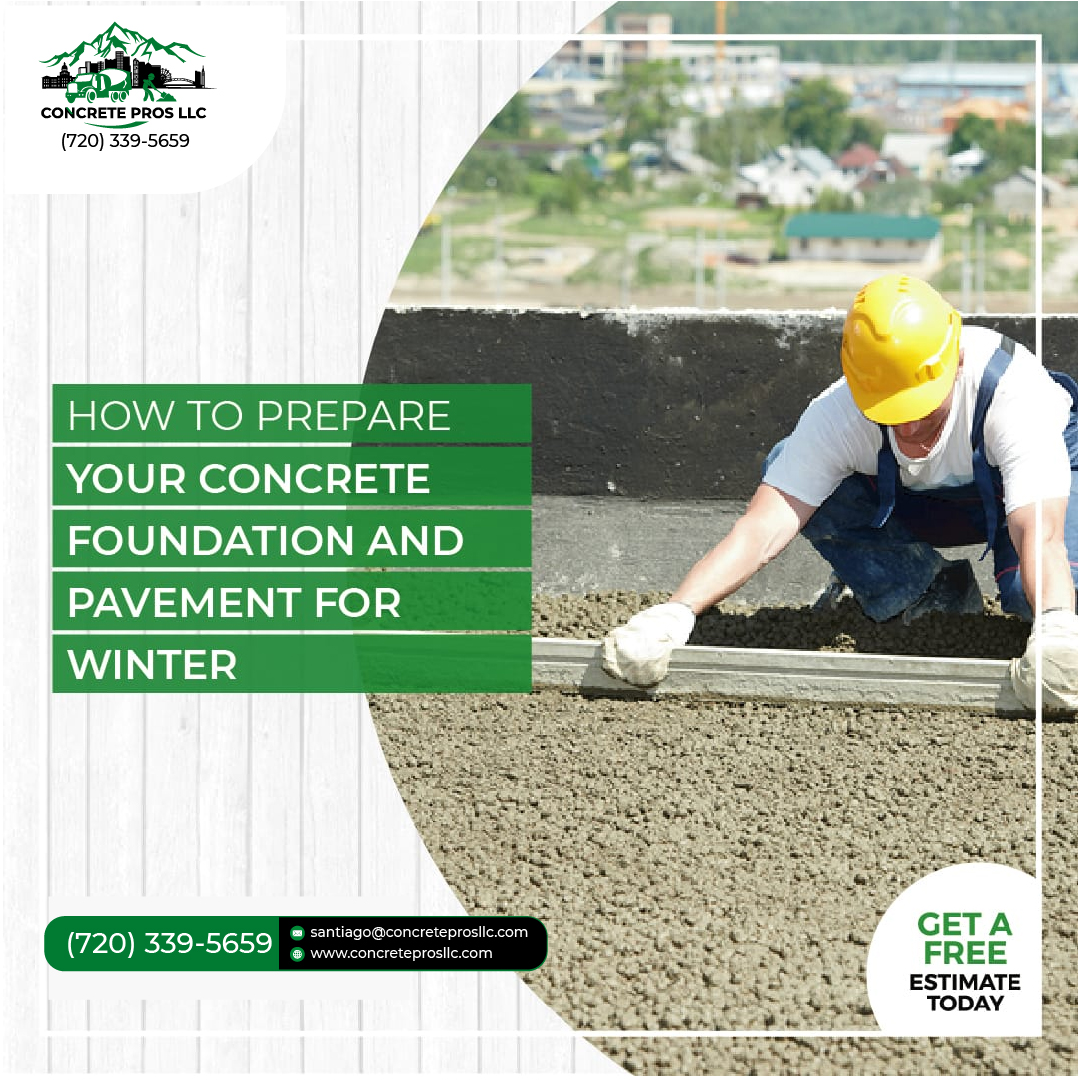Do you want it to maintain your home’s concrete foundation, driveway, walkways, and patios for as long as possible? But with the harsh freeze-thaw cycles of winter, you may worry about keeping your concrete foundation safe.
If you follow steps like these, your foundation and paved surfaces will likely stay strong, smooth, and eye-catching no matter how cold winter is. Here’s the list of what to do:
Check for Damage
Before winter temperature drop below the freezing point, it’s a good idea to check for damage in your concrete that needs patching or sealing. The cracks and holes get bigger! Look for cracks and potholes; if you find any, repair them immediately. If you ignore them, water can get into those areas and freeze, which increases the problem.
Apply Concrete Sealer
If you have done concrete recently, your concrete installer may already apply a seal that is still protective because it’s so new. But a robust protective sealant is essential to blocking moisture if you have fewer brand-new concrete areas.
You’ll want to apply the sealer during clear weather so it can dry completely.
Avoid Salt and Chemical De-Icers
Chemicals may help melt snow and ice, but they can cause harsh and damaging to your concrete. Salt and certain de-icers can damage the surface, make it unattractive, and cause hallow that leads to cracks and potholes.
Hence, Before applying anything to your driveways and sidewalks, check to see if it is safe for concrete.
Keeping the Surface Clear
As winter arrives, trees drop their leaves and lose branches. Therefore, gently remove all debris from your concrete to prevent it from staining or scratching the surface. After cleanup, sweep or wash your concrete to remove any remaining bits of debris.
Use the Right Snow Removal Tools
As snow piles up on your driveway, sidewalk, and steps, you want to eliminate it. You can avoid using scrapers, broken or bent shovels, and anything else that could chip the concrete. But wait to do anything until you’re sure you are using the right tools because the wrong ones can ruin your concrete.
Don’t Overlook Concrete Statuary
Winter weather can also affect small concrete lawn statues, planters, and bird baths. If you want to protect these items and they can move, try storing them in your garage or shed until springtime, and later you can put them back in their place. This will help them last longer.
Ensure Water Drains Away from Your Concrete
Gutters and downspouts can get bumped out of place in stormy weather, as well as during the process of clearing away snow and ice. So, take the final step to ensure your drainage system is secure. Clear the gutter’s debris, and push snow and ice away from downspouts so that melting precipitation drains away from your driveway, sidewalk, and foundation.
Protect Your Concrete Foundation
During winter, your concrete should also include protection and care for your home’s foundation! Furthermore, This step is crucial because water can easily pool, freeze, and melt near your concrete slab without you even realizing it. This leads to frost heaving, leaks, mold and mildew growth, and wood deterioration in your home’s structural system.
As you’re caring for your concrete foundation and pavement in winter around your home, you may notice structural cracks, pooling water around your home’s walls, a leaning chimney, or other signs that your foundation may need some attention.
Our team at Concrete Pros INC will be happy to check your property. We provide options so you can have peace of mind about your home.

